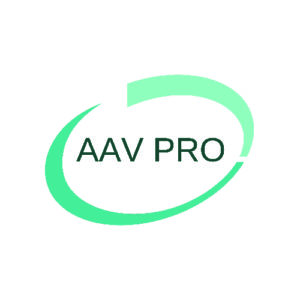AAV PRO was developed to capture patient-reported outcomes specific to AAV, including organ-specific symptoms, systemic-symptoms, treatment side effects, social and emotional impact, concerns about the future and physical function. It aims to provide a comprehensive understanding of the patient experience beyond clinical measures alone, allowing healthcare providers and researchers to better assess disease activity, treatment efficacy, and overall patient needs.
The identified domains offer a comprehensive profile of the impact of AAV on patients’ everyday life and were felt by the patient partners to represent “what AAV was to them”.
^ Back to top



